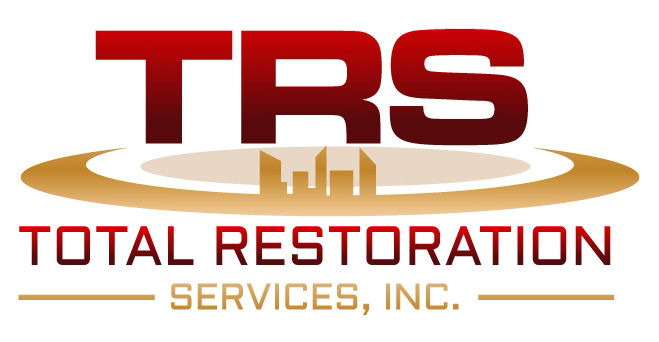No building is impervious to water damage. Over time, even the strongest, most advanced concrete structures will suffer erosion due to the elements. This can seriously lessen the value of your property – not only its aesthetic appeal – but also its structural integrity.
Chemical waterproofing helps you stave off these effects, to preserve your industrial structures and keep business on track. The best waterproofing for your building will depend on both the work you’re doing and the structure of your building.
To this extent, working with building professionals is the way to go. You’ll want industry specialists who will not only guide you in choosing the proper chemical waterproofing but who can also conduct the work safely.
They may help you decide to use one of the following methods for your building:
1. Grout and Epoxy Injection
If cracks are forming in your concrete, you can prevent the spread and waterproof the site with a grout and epoxy injection. This is done by injecting the chemicals into the cracks, or by drilling holes into the surface to insert the material. The grout is then pressure injected and it reacts with any remaining water to form a sealant. The gel or foam that results creates a water-resistant barrier in place of the former crack. This method can be applied to concrete piping, tanks, tunnels, and even foundational walls.
2. Vinyl Ester Resin System
Vinyl ester resins are another protective coating applied to concrete surfaces as a way to prevent acid and corrosion damage. The chemical properties of the resin also create waterproof membranes that guard against moisture and water damage. In addition to being applied as a coating, vinyl ester can also be administered as mortar or slurry mixtures.
3. Polyurethane Liquid
Polyurethane is a chemical membrane that’s primarily used to waterproof roofs and exposed areas. This is a very flexible system to apply but is best applied on flat surfaces and without elevating the moisture level of the concrete. If this happens, de-bonding membranes can result, which throws off the entire process. While effective, this chemical waterproofing method can be very costly.
4. Polyurea Coating
Polyurea is among one of the most resilient and flexible protective coatings. This is attributed to its molecular properties as a polymer. Polyurea is known for being water resistant, abrasion resistant, and very strong. Polyurea coatings also contain anti-bacterial properties.
5. Bituminous Waterproofing Method
Bituminous coatings are ideal for waterproofing concrete foundations. This is also known as asphalt coating: a dark pitch substance of combined sand or gravel. Its waterproofing properties are dependent on the polymer grade used, as well as fiber added to the chemicals. This is another flexible substance that offers value as a protective coating as well.
6. Crystallization Waterproofing
Crystallization waterproofing is chemically structured to withstand the effects of key elements that cause corrosion including CO2, NO2, and CO, as well as water damage. Depending on how porous the surface is, the crystalline properties of the substance fills gaps in the cement composition to keep water out. This method can be implemented by either or brush or spray. The chemicals are capable of setting deep within the concrete to establish long-lasting protection.
7. Permeability-Reducing Admixtures (PRAs)
PRAs come in several varieties and share similar principles as crystallization waterproofing. The chemicals used are favored for their proactive properties that lower concrete permeability. PRAs also help reduce dry shrinking, guard against thawing and freezing effects, and lower chloride-ion effects by strengthening sealings in the concrete. Often PRAs are applied to the concrete mix itself. This method is ideal for architectural concrete that’s constantly exposed to rain or damp conditions.

